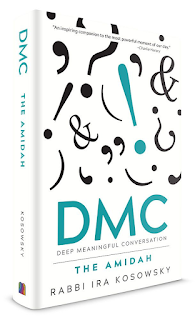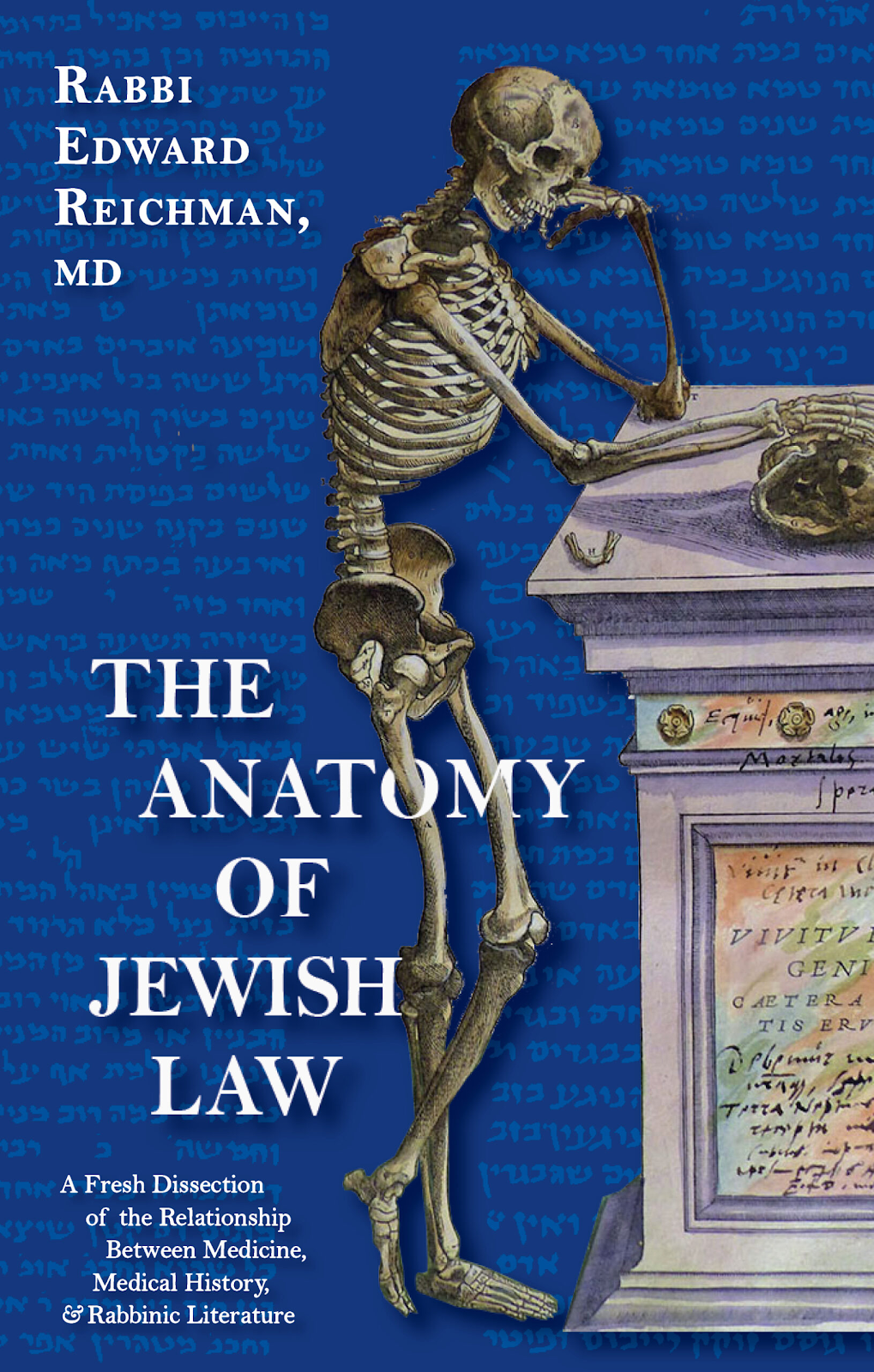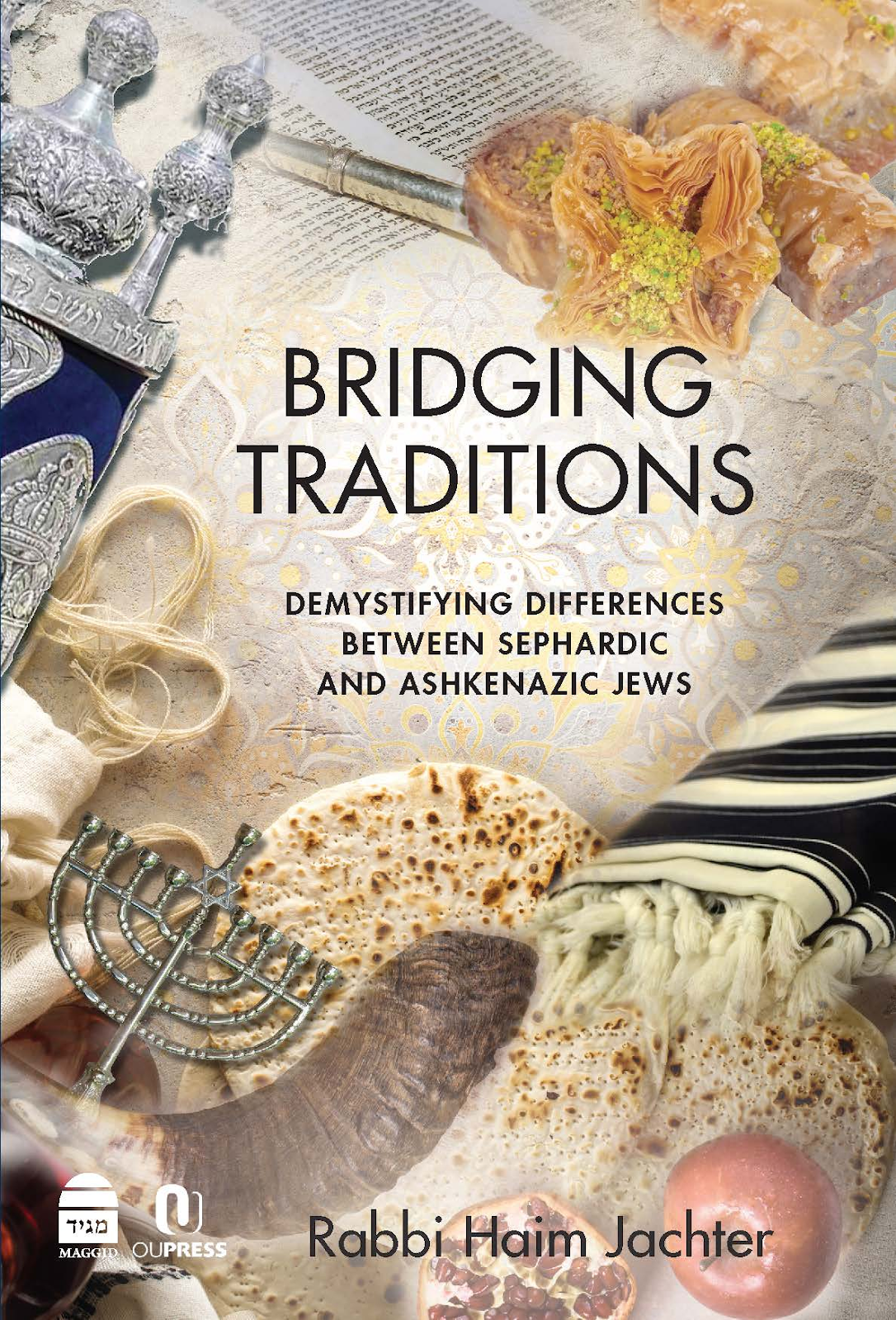
DMC: Deep Meaningful Conversation THE AMIDAH Rabbi Ira Kosowsky Mosaica / 223 pages In this refreshing reader authored by Rabbi Ira Kosowsky, director of the Machon Maayan Women's Seminary in "Givat Washington", we are treated to a new and modern look at the Shemoneh Esrei we recite three times a day. Each of the nineteen blessings of the Shemoneh Esrei are examined in individual chapters complete with thoughts, readings, and advice on how to make our prayer experience even better. Much of the material was gathered by "Rav K" (as he's called) from his students over the years. This unique angle, of a work on prayer being authored by a Torah scholar, combined with the input and ideas of students from diverse backgrounds (to say the least), makes for a very unique perspective on the Shemoneh Esrei. What I found most distinctive in this work and what impressed me the most, compared to other works of this nature, is the outstanding and strategic use of secular so...





